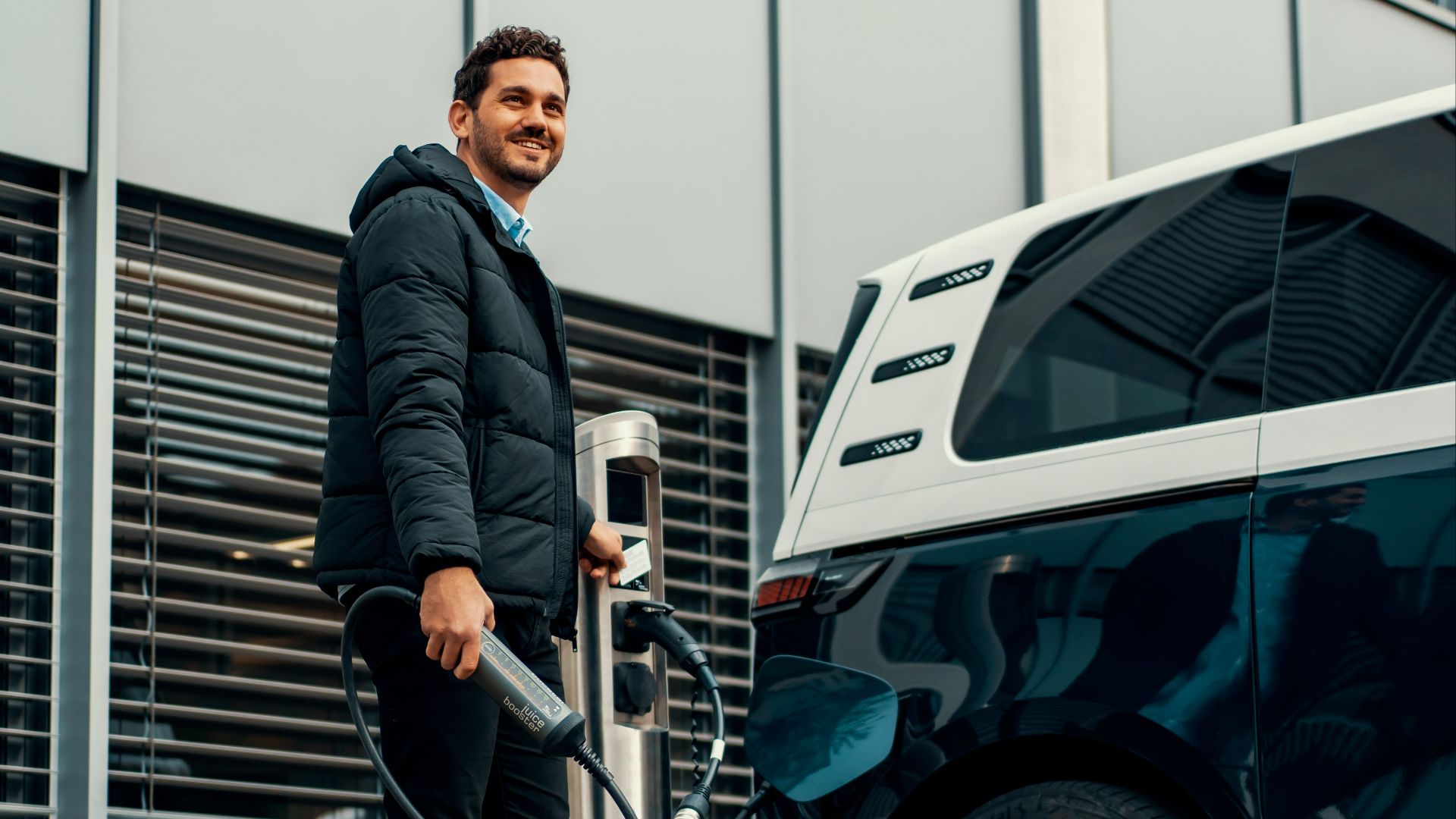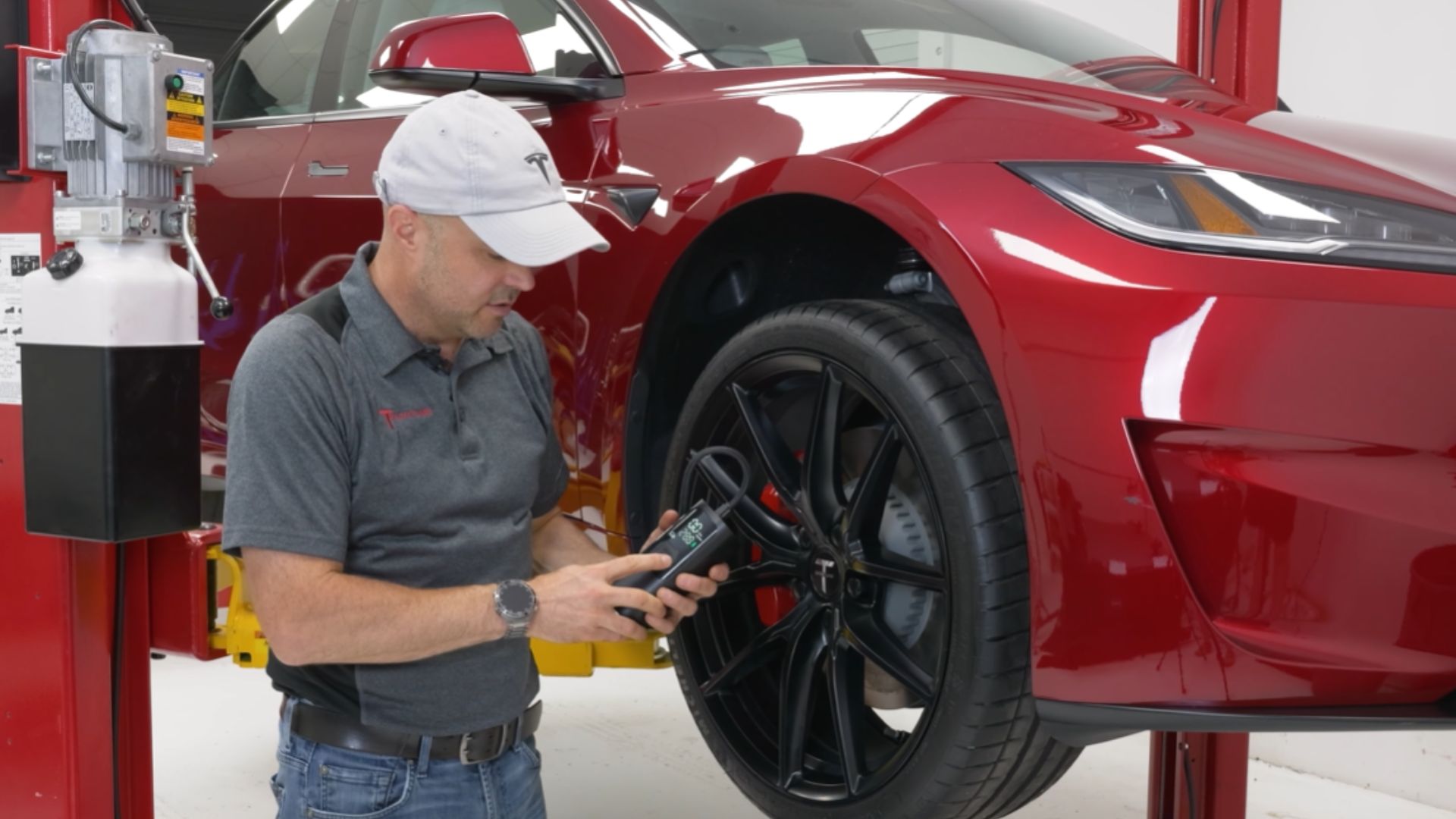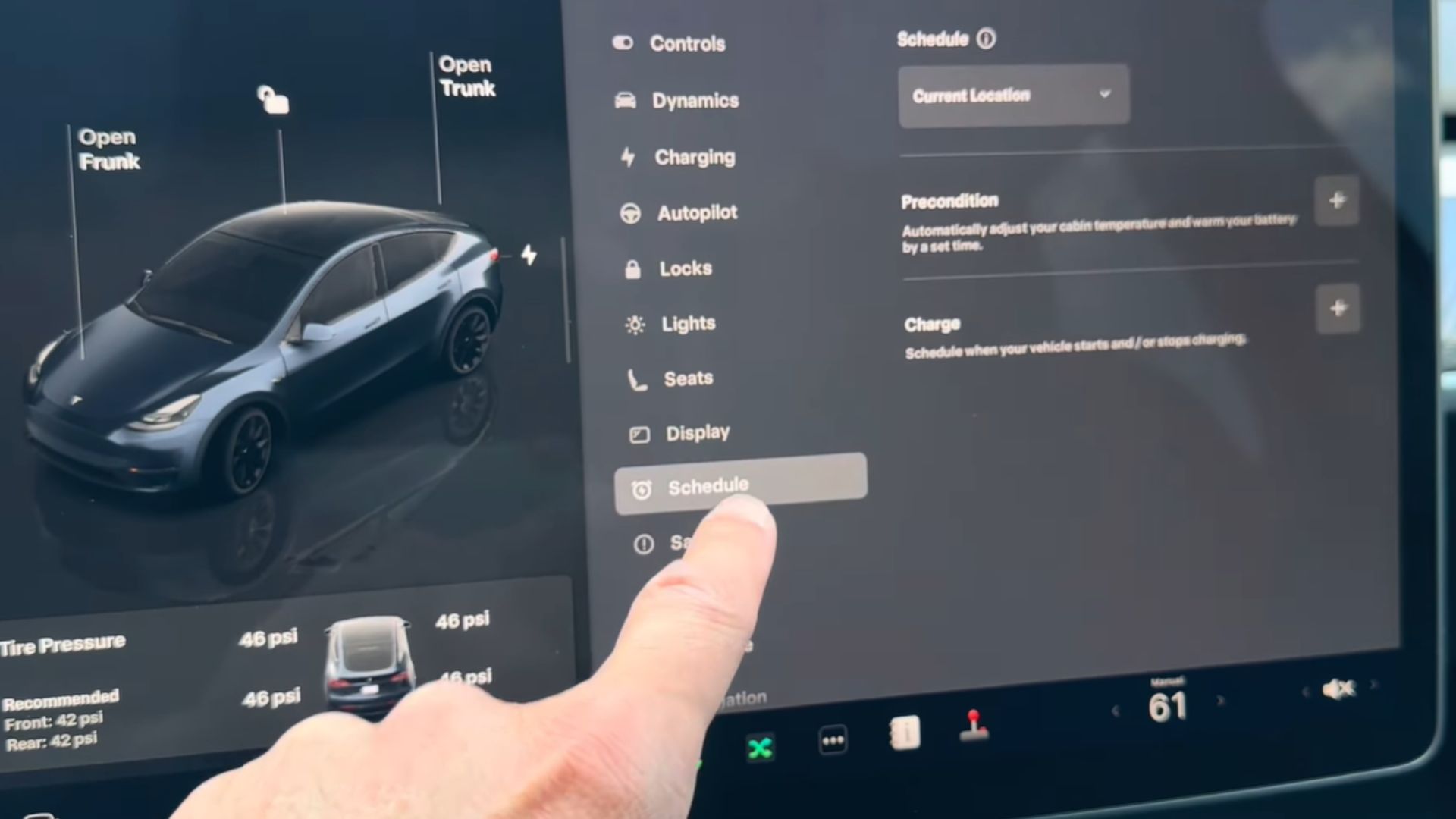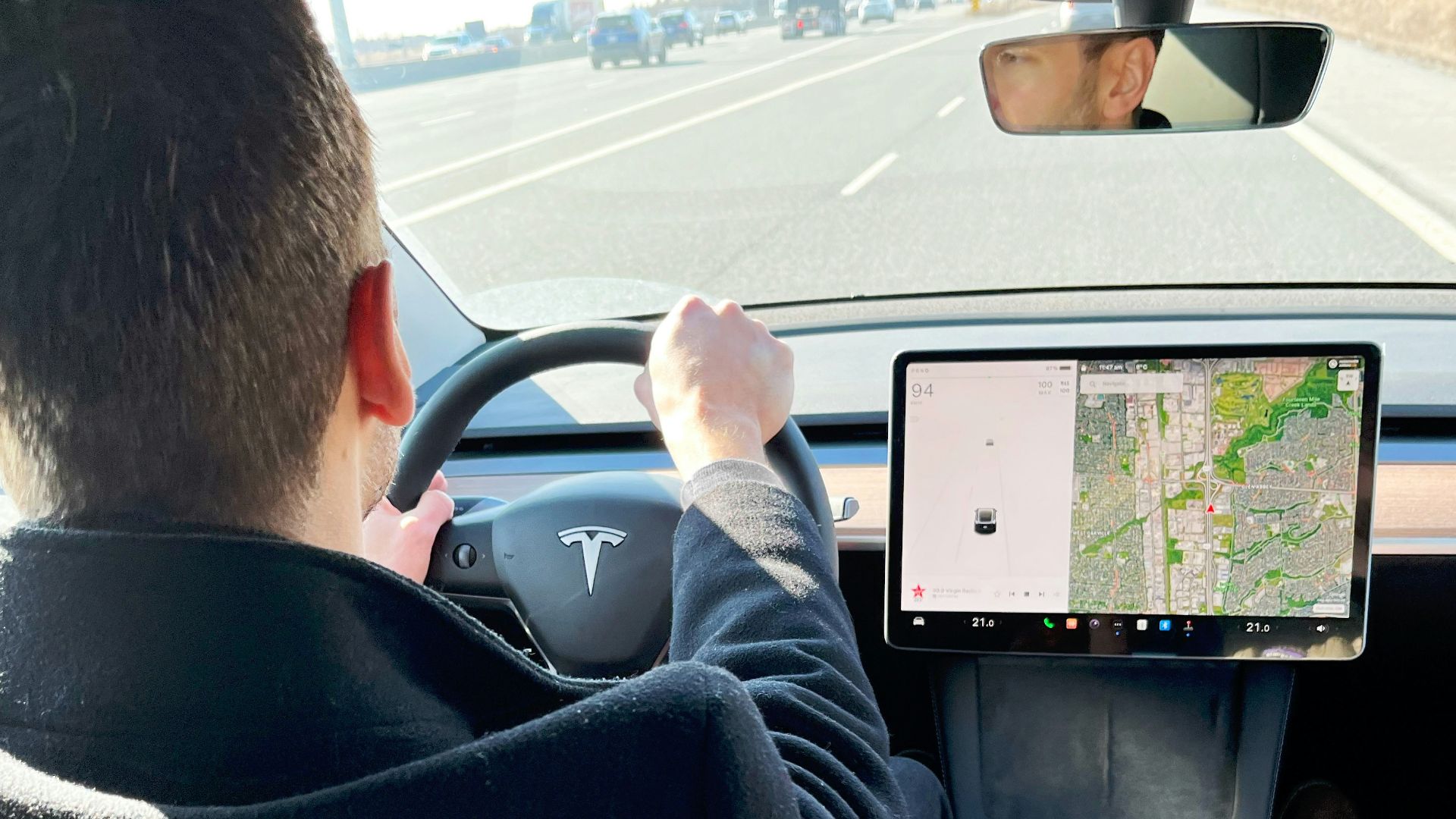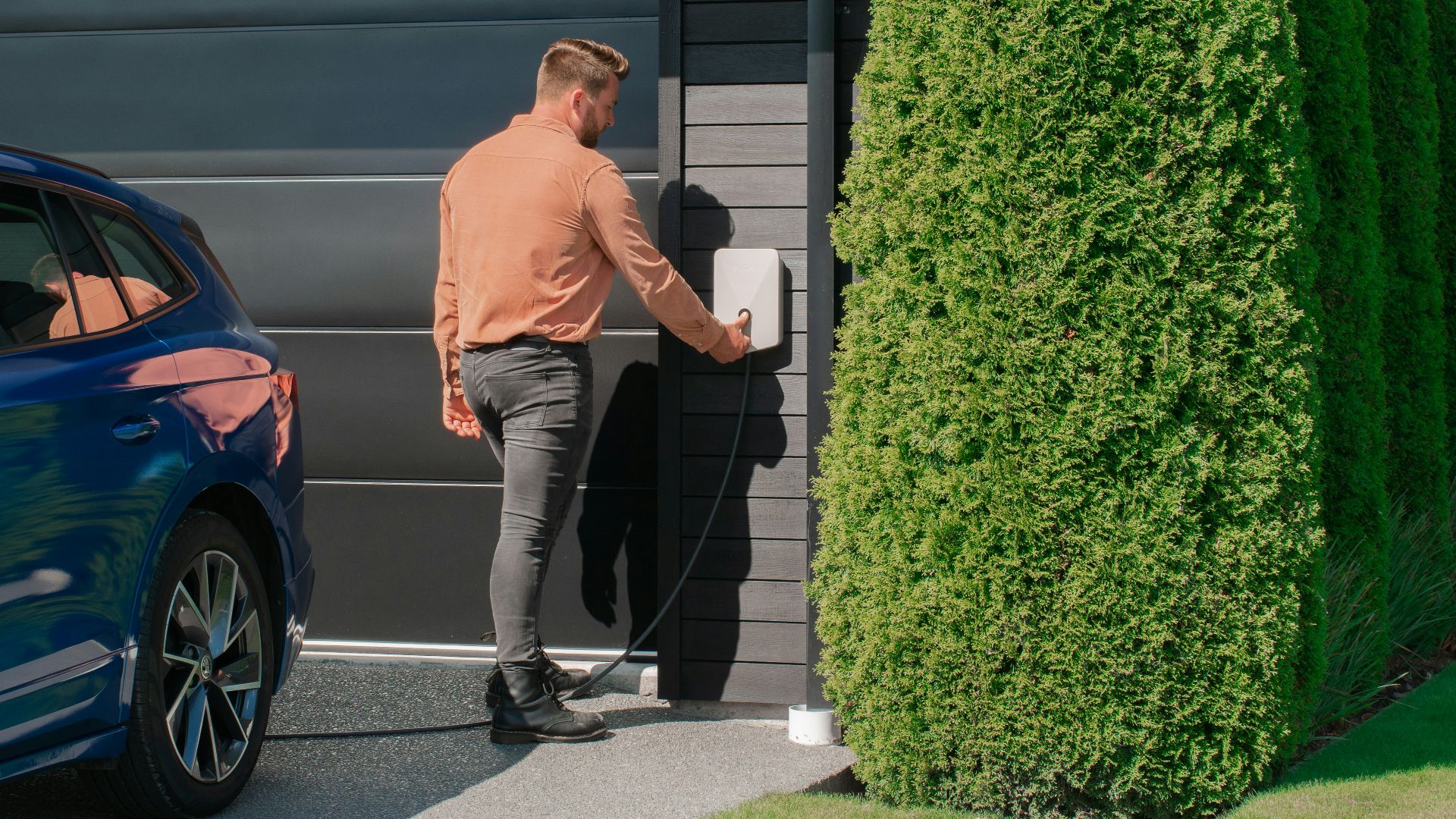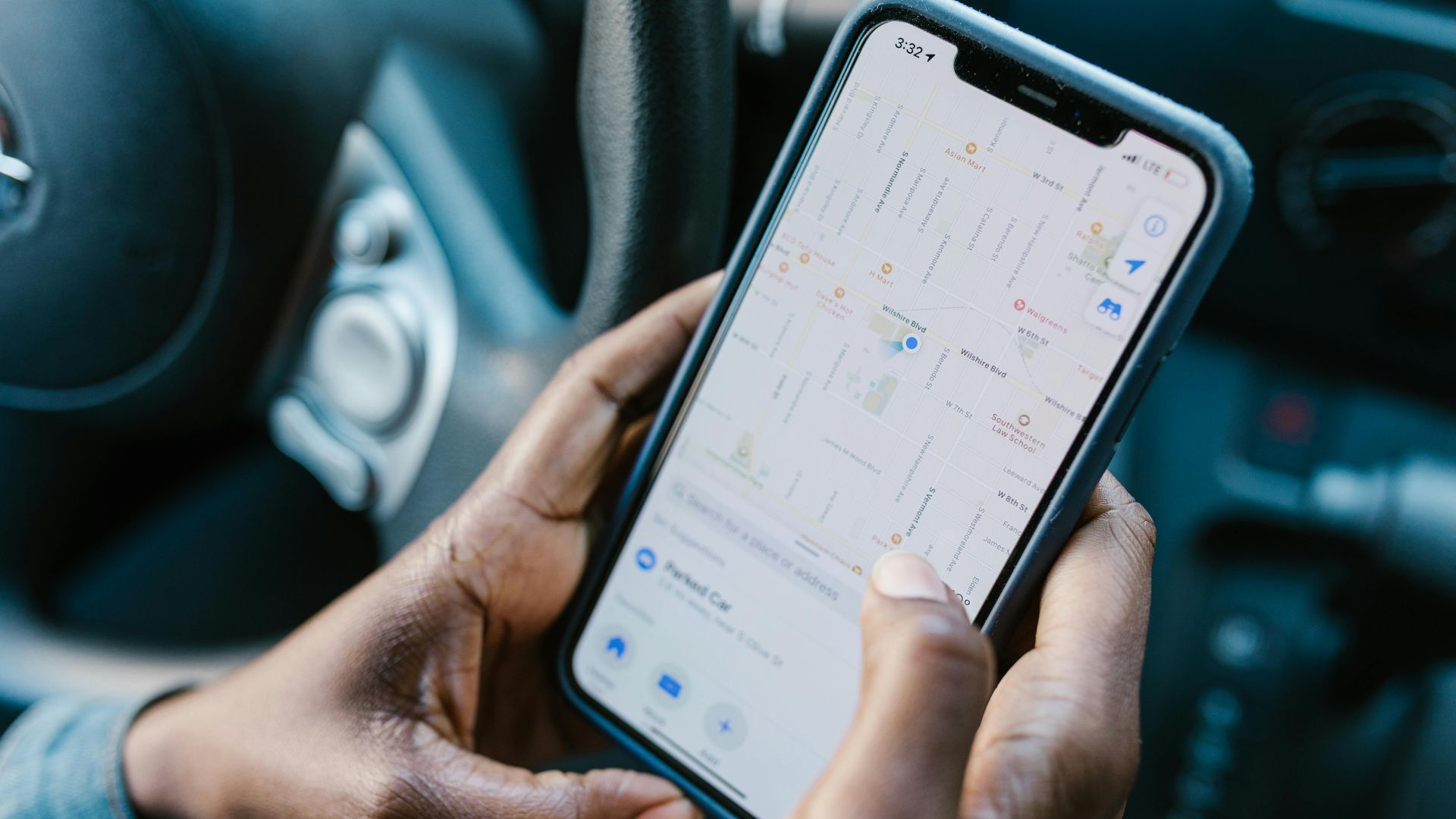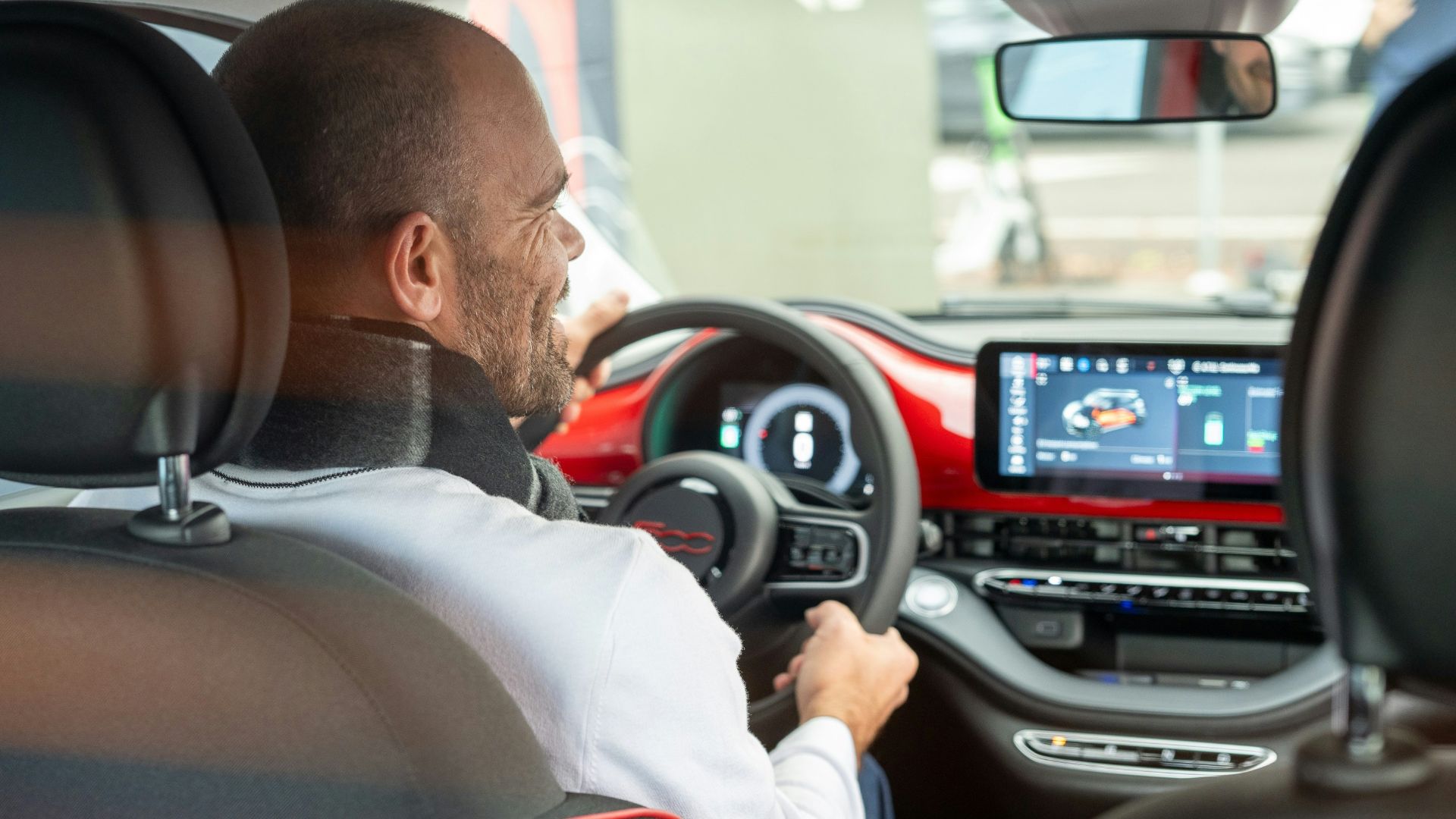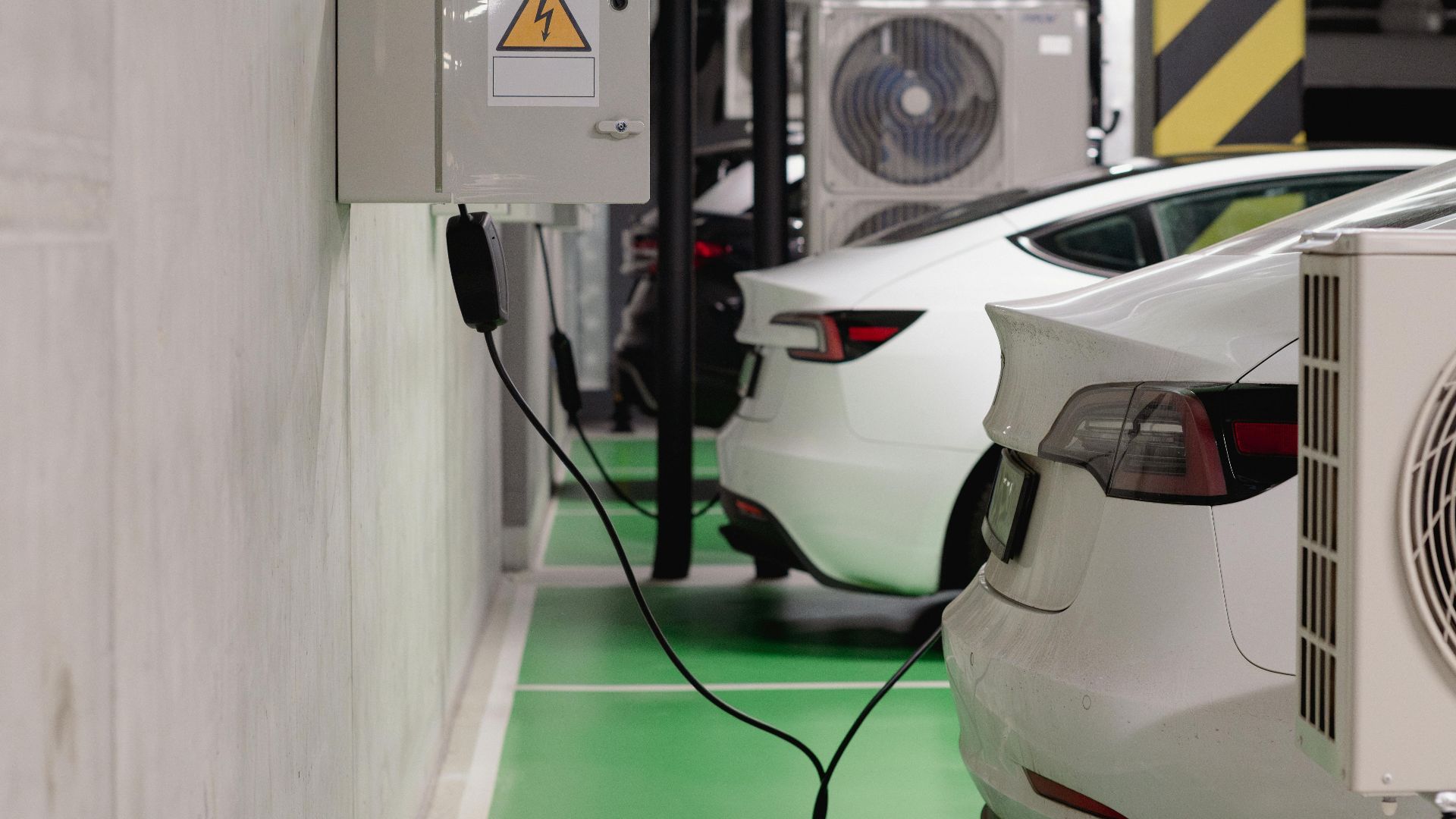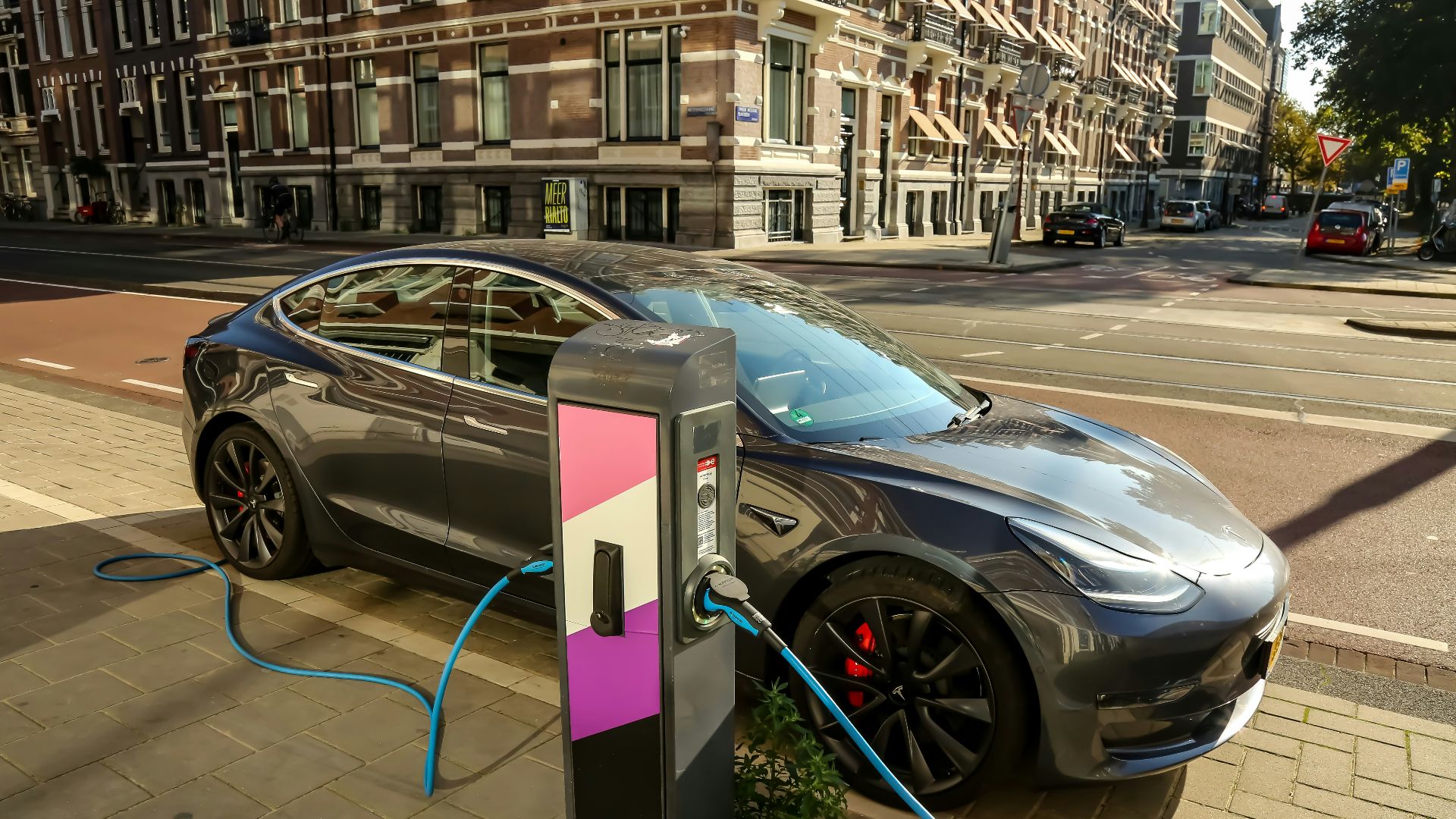Plan Your EV Trip Right
You love your electric car for daily driving, but taking it on a long road trip feels intimidating when you're used to quick gas station stops. The charging situation requires more thought than just filling up in five minutes. Range anxiety is real, but it's totally manageable once you understand how to plan your route effectively. Here are tips for planning an electric vehicle road trip that keeps you moving without constant stress.
1. Use EV-Specific Navigation Apps
Gone are the days of crossing fingers and hoping for charging stations along your route. From PlugShare's charging maps to advanced built-in navigation systems that plan your stops, modern EVs take the guesswork out of road trips.
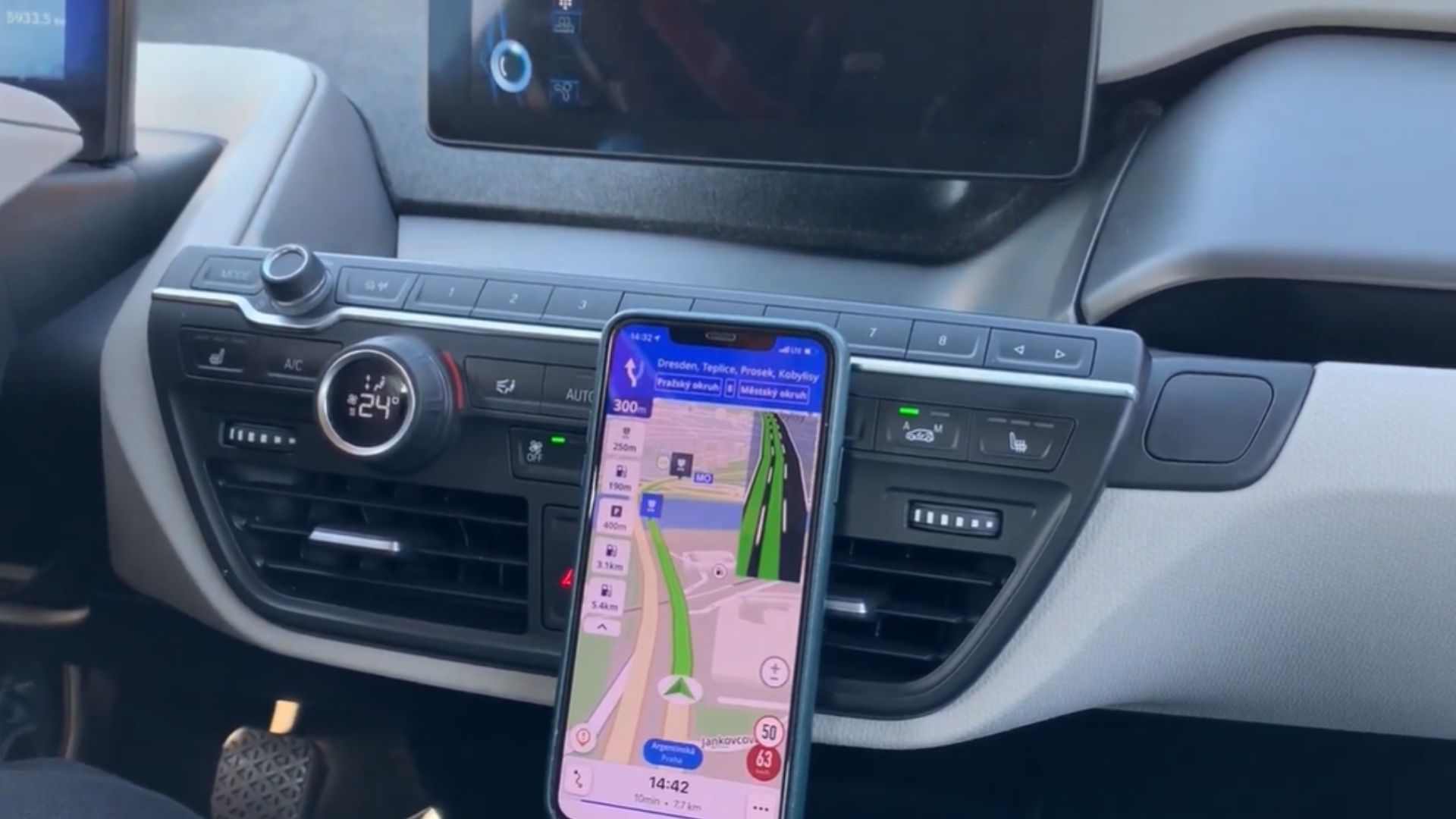 EV Mode (Electric Vehicle Mode) for Sygic GPS Navigation by Sygic a.s.
EV Mode (Electric Vehicle Mode) for Sygic GPS Navigation by Sygic a.s.
2. Verify Charger Compatibility
Understanding EV charging begins with knowing your vehicle's plug type, as not all public chargers offer universal compatibility. Though specific networks may require adapters beyond standard equipment, smart drivers expand their options by carrying additional connectors.
3. Keep Tire Pressure Optimized For Better Range
Keep tire pressure at recommended levels before and during long trips. Underinflated tires create extra rolling resistance, forcing your EV to work harder. This drains the battery faster while compromising safety. Regular pressure checks help maintain maximum range throughout your journey.
4. Add Buffer Miles
Transportation experts recommend keeping 60% of your stated range available in mountains or cold weather. Steep climbs and strong winds drain batteries much faster than flat highway driving. This buffer also covers unexpected detours and traffic delays that can leave you stranded without adequate reserve power.
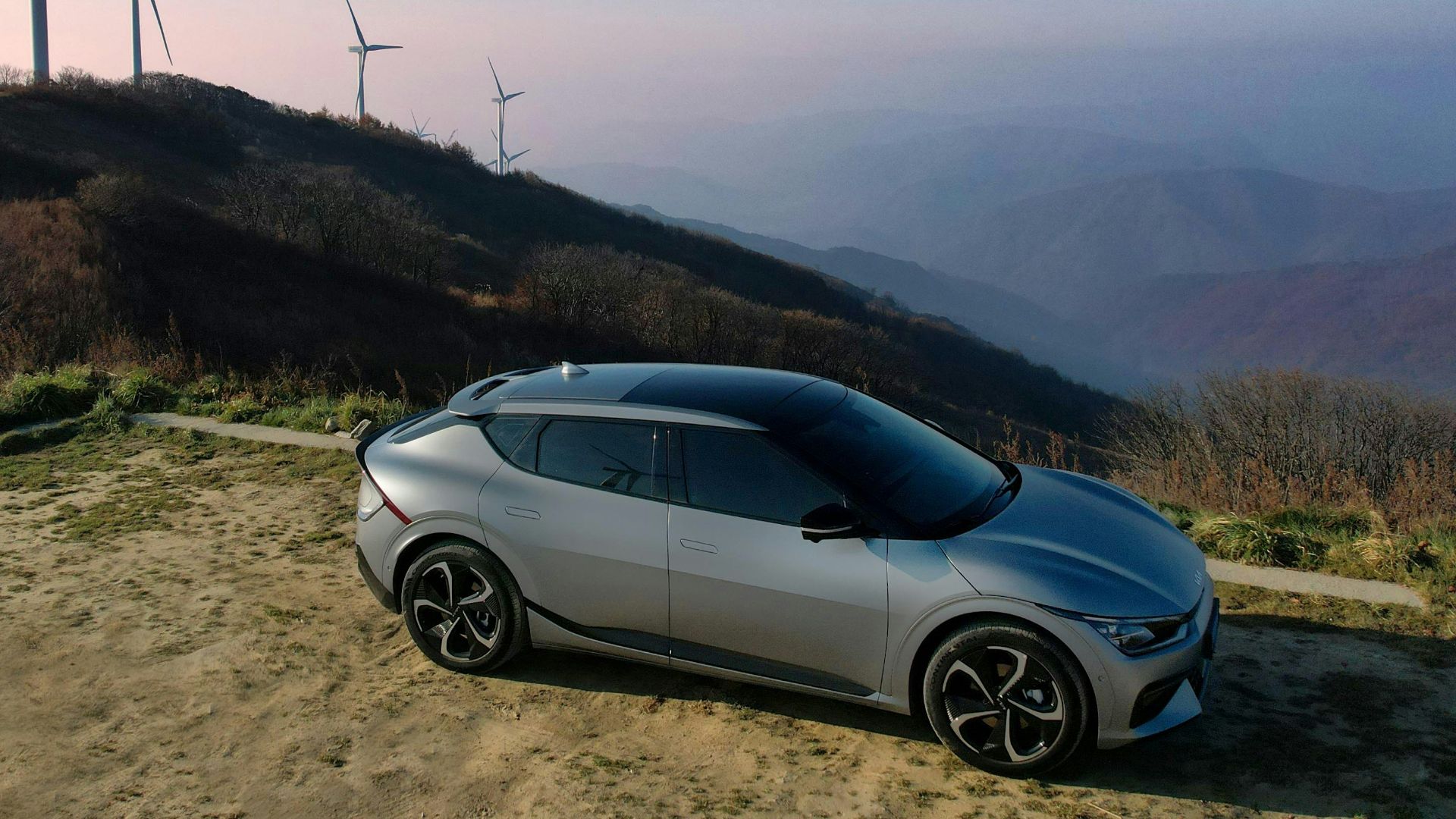 Hyundai Motor Group on Unsplash
Hyundai Motor Group on Unsplash
5. Check Charger Reliability Through Recent User Reviews
Nothing ruins an EV road trip quite like arriving at a broken charger, but drivers have cracked the code. They always check recent reviews on apps like PlugShare to reveal which stations are reliable winners. Users even share insider tips about nearby amenities and optimal charging times.
6. Download Offline Maps Of Charging Networks
Road trips can turn stressful when cell service drops out, leaving you wondering where the next charging station might be. Downloading offline maps of charging networks provides a reliable backup and ensures you can locate chargers easily.
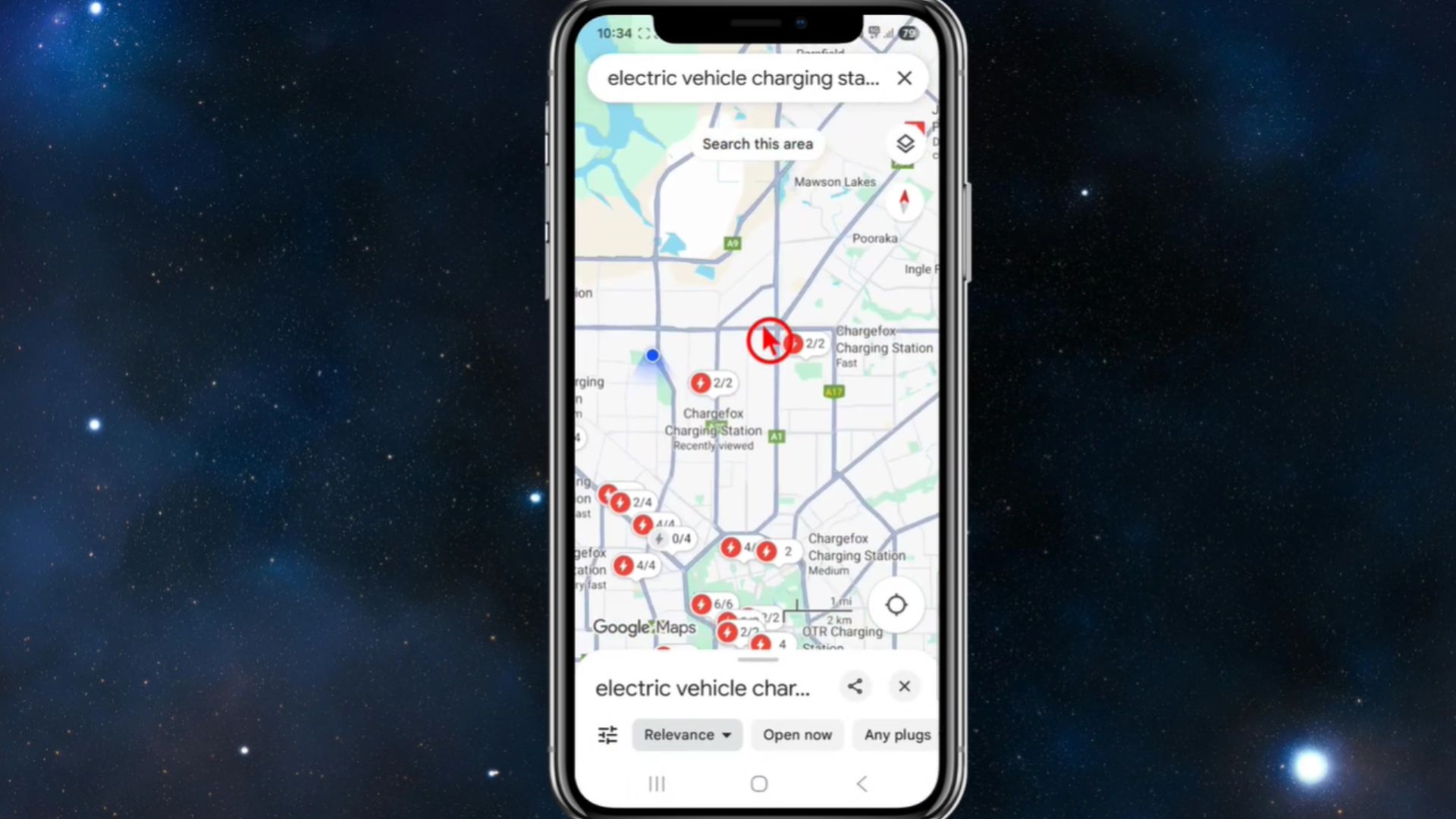 How To Use Google Maps To Find EV Charging Stations by Tutorial Wiz
How To Use Google Maps To Find EV Charging Stations by Tutorial Wiz
7. Carry Backup RFID Cards And Charging Apps
If you're expecting to charge your EV as easily as filling up with gas, prepare for a different reality. Public charging stations typically demand specific network apps or RFID cards rather than simple credit card swipes. Smart drivers sign up for major networks and carry both activation methods for reliable access.
 RFID Jammer VS RFID Blocking Card - Tested - WHICH IS BEST? by UHOOHEXTRA TECH
RFID Jammer VS RFID Blocking Card - Tested - WHICH IS BEST? by UHOOHEXTRA TECH
8. Precondition Battery Before Fast Charging Sessions
Warming your battery before fast charging increases speed and extends battery life. Earlier EVs made drivers trigger this manually. Modern systems work autonomously now. Tesla preconditions automatically when you route to a Supercharger, especially valuable in cold climates where frigid temperatures otherwise hamper charging performance dramatically.
9. Book Lodging With Level 2 Chargers
After a long day of driving, pulling into a hotel with Level 2 charging makes your overnight stay productive. As you rest, these efficient stations add 20–30 miles of range hourly and ensure you wake to a fully charged vehicle without extra daytime stops.
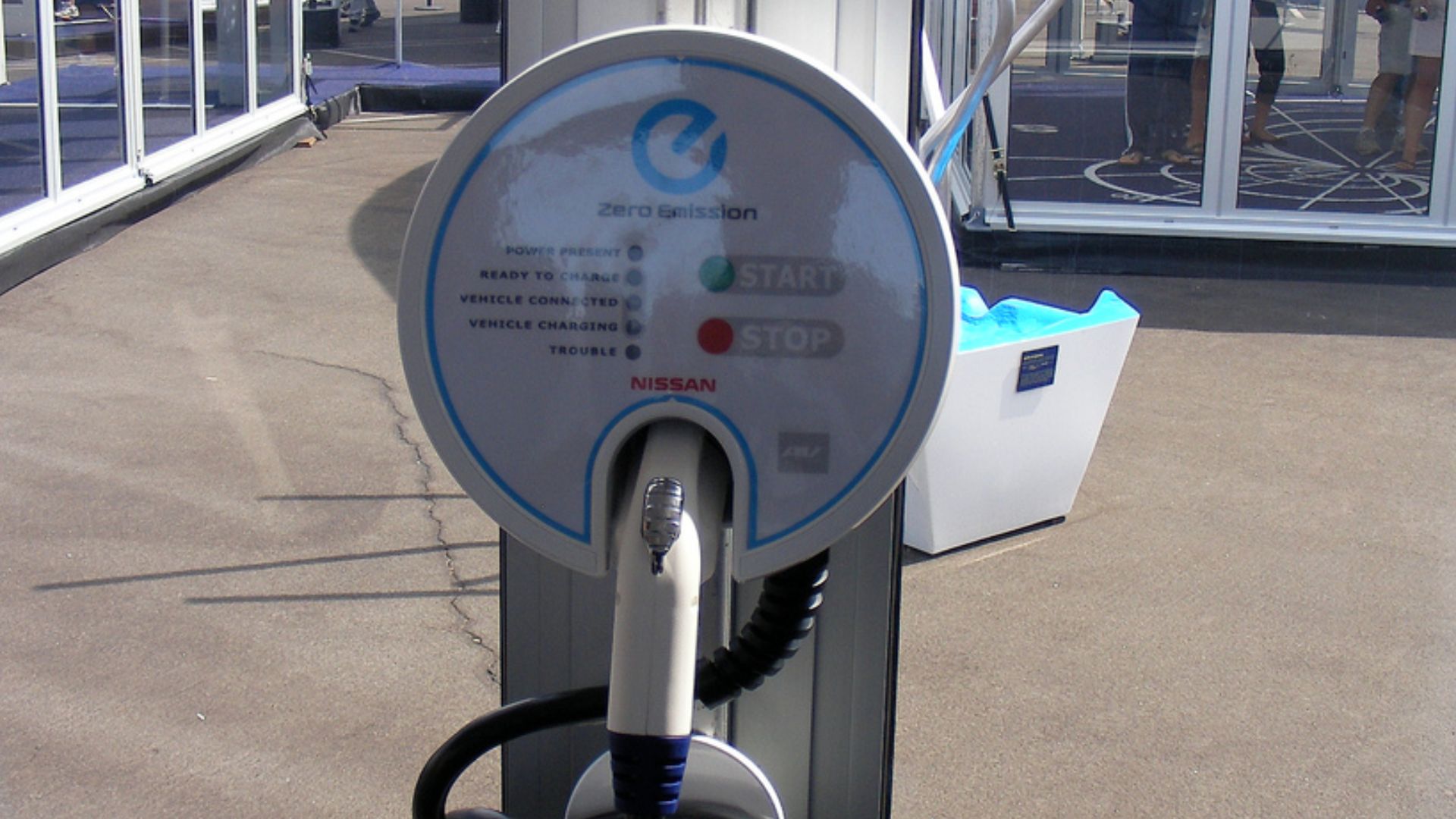 User: KF6OAK (Richard Kelly) on Wikimedia
User: KF6OAK (Richard Kelly) on Wikimedia
10. Avoid Charging To 100% Unless Absolutely Necessary
If you want to slash your charging time, make 80% your go-to charging target instead of waiting for that sluggish crawl to 100%. Most EVs slow dramatically above 80% to protect battery health, and their built-in charging limits make it easy to stop right there, which is perfect unless you're planning an extended leg.
11. Track Elevation Changes To Anticipate Range Loss
Just like nature's ups and downs, your EV's journey follows a balanced energy cycle. It consumes more power on steep climbs, then recovers it on descents through regenerative braking. Smart route planners can map these elevation rollercoasters.
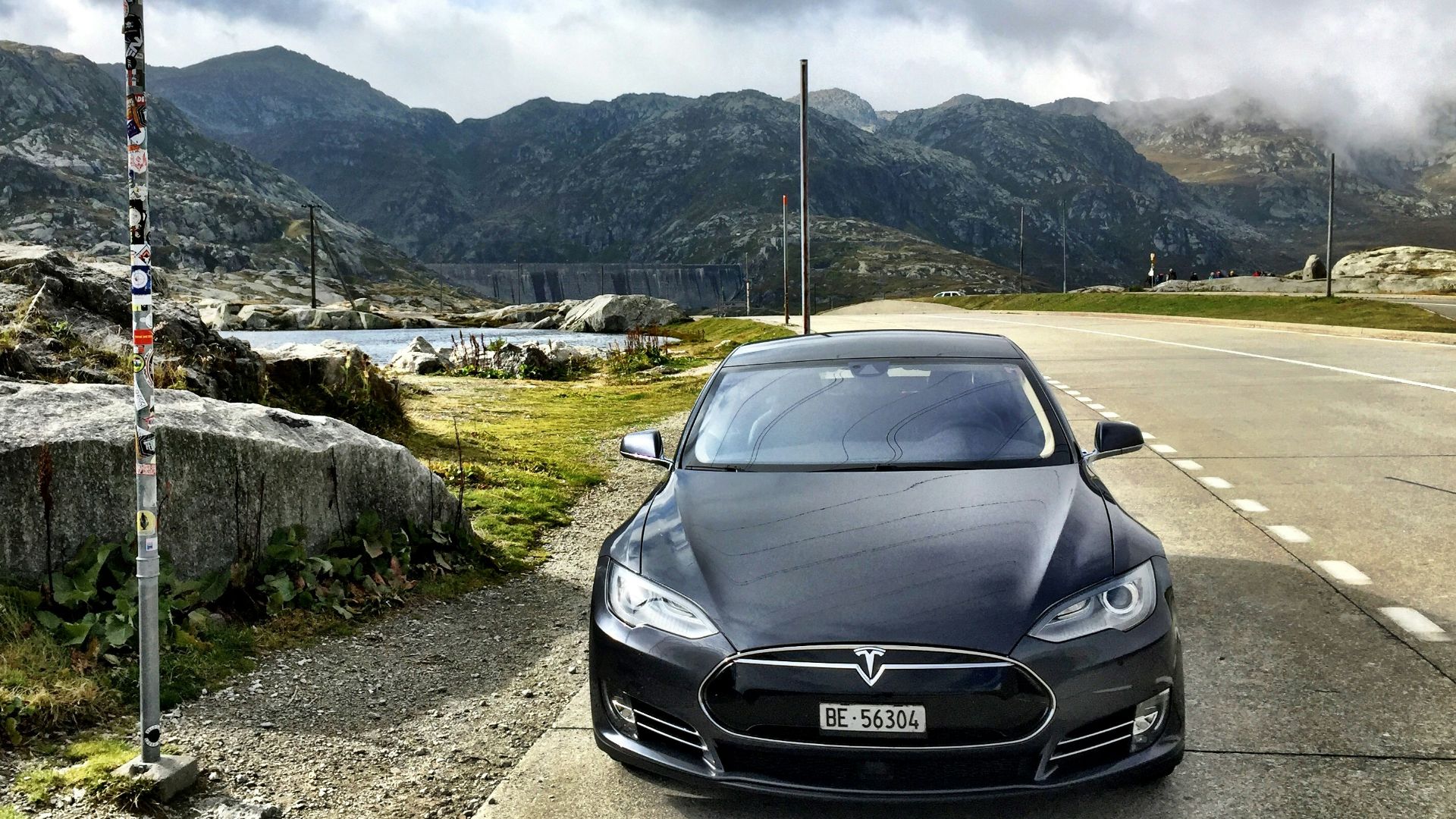 Tesla Fans Schweiz on Unsplash
Tesla Fans Schweiz on Unsplash
12. Use Regenerative Braking On Downhill Segments
Modern EVs offer adjustable regenerative braking strength to customize energy recovery, and one-pedal driving simplifies the experience. The system captures slowdown energy and returns it to your battery to make every descent count. Long downhill stretches become range-extending opportunities on hilly routes.
13. Pack A Portable Level 1 Charger
Adding just 3–5 miles of range per hour, Level 1 charging might seem painfully slow, but access to any standard household outlet can be a game-changer during emergencies. Many EVs include these portable chargers, so don’t forget to double-check yours before departure.
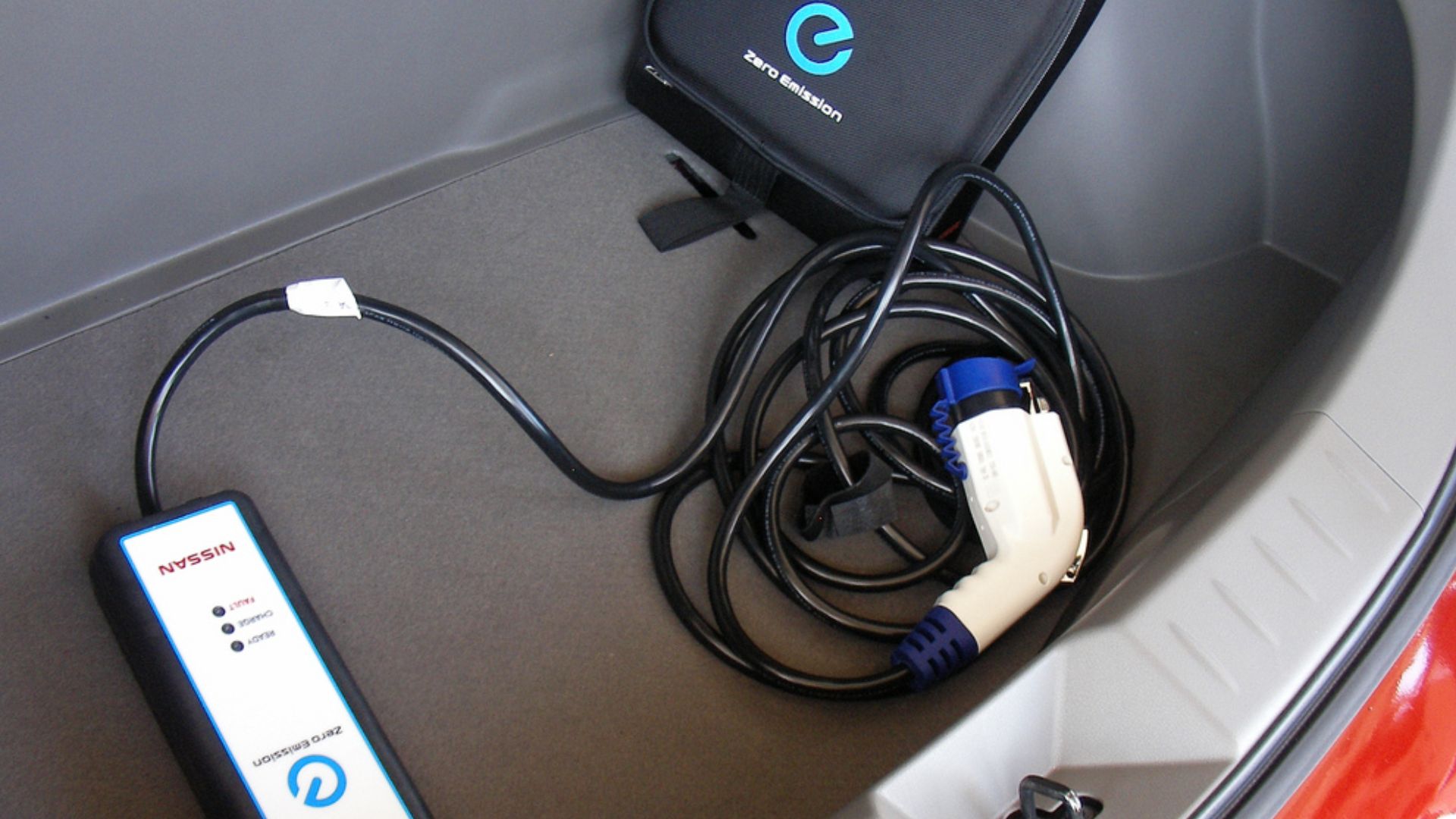 User: KF6OAK (Richard Kelly) on Wikimedia
User: KF6OAK (Richard Kelly) on Wikimedia
14. Use Real-Time Energy Tracking To Adjust Driving Habits
Take control of efficiency with real-time energy tracking that shows how your driving impacts range. Adjust your speed for optimal performance, fine-tune climate controls to save power, and enjoy game-like feedback systems that make energy-conscious driving surprisingly fun.
15. Use Plug-Sharing Platforms In Underserved Areas
Finding charging stations can be challenging in rural areas where public options are scarce. Plug-sharing platforms like PlugShare and EVmatch connect drivers with private home chargers. Some hosts even offer extra amenities, which make charging stops more comfortable and convenient.
16. Check For Seasonal Charger Outages Or Maintenance
Every EV journey faces hurdles from seasonal maintenance and weather impacts on charging stations. Smart travelers stay ahead by checking real-time station status through multiple route-planning apps that turn potential charging mishaps into seamless pit stops.
17. Account For Longer Charging Times With Heavy Loads
When your EV is loaded down with passengers and luggage, expect longer charging stops. The extra weight forces your battery to work harder and drain faster, which requires more frequent recharging sessions. To maximize efficiency, lighten your load before hitting the road.
18. Avoid Peak Charging Hours At Popular Stations
Unprepared drivers endure long queues during busy midday and evening peaks, but strategic EV travelers use real-time apps to find quieter windows. This smart approach avoids crowds and sometimes unlocks discounted off-peak rates from select providers.
19. Choose Chargers Near Attractions
Charging stations positioned near attractions like restaurants or shops turn stops into welcome breaks. Many EV trip planners can filter by nearby amenities, but double-check details to ensure you'll find good food or facilities during your charging session.
20. Check For Vandalism Or Theft Reports At Charging Locations
Charging station safety varies dramatically. Isolated spots risk vandalism or theft, while busy, well-lit areas—especially shopping centers or hotels with cameras—offer far greater security and peace of mind for drivers during longer stops.



